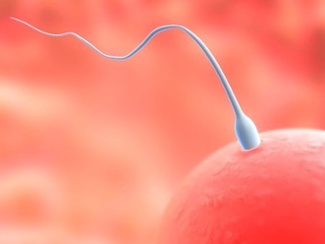Sperm Donors and Donor Insemination
 Donor sperm insemination is used as an effective fertility treatment for couples:
Donor sperm insemination is used as an effective fertility treatment for couples:
- Who have male factor infertility
- Who want to avoid passing on a genetic disease or disorder carried by the male
- Who are a same sex – lesbian couples- wanting to have children
Donor sperm insemination is also used by single women having no male partner who want to have children.
From Where Does the Sperm Come?
Sperm banks (cryobanks) are the most common source of donated sperm. Sperm donors are thoroughly screened by a sperm bank for infectious diseases, such as HIV, hepatitis, gonorrhea, and other STDs.
You can select your donor sperm based on desired attributes, such as
- Ethnic background
- Eye color
- Hair color
- Height
- Weight
- Education
- Profession
- Etc.
How Does the Process Work?
The frozen donor semen is then purchased from a sperm bank and shipped in specialized containers to our center.
On the day of ovulation, the unfrozen and washed semen specimen, consisting of a purified fraction of motile sperm, is placed high in the uterine cavity through Intrauterine Insemination (IUI) using a very thin, soft catheter introduced through the cervix.
Donated sperm may also be used in a variety of Assisted Reproductive Technologies (ART), including
- In Vitro Fertilization – surgically retrieved eggs are fertilized by the donor sperm in a laboratory and then implanted in the woman’s uterus – Intracytoplasmic Sperm Injection (ICSI)
- Gamete Intrafallopian Transfer (GIFT)
- Zygote Intrafallopian Transfer (ZIFT)
- Surrogacy (gestational carriers)

